My first trip to Warsaw was in March 1990, right after the first free election and five months after the fall of the Iron Curtain in 1989. In 2024 I passed through on my way from Tallinn/Estonia to Vienna by train. Photos I took 1990 are found at the end of this article
During these 35 year the city has changed tremendously, skyscrapers now poke the air and fancy cafes and restaurants were also unknown then. The grim look and signs of lacking basic products are only remembered my people born before this year.
Having only two days I had set some priorities: a tour through the former Jewish Ghetto, a vista to the Muzeum Polskiej Wódki and meeting members of the Polish Green Party.
WALKING WARSAW WITH THE MINISTER OF CLIMATE
Prior to my arrival in Warsaw I had written to the Polish Green Party asking if anybody was interested in meeting. To my surprise I even got to meet the Polish Minister for Climate Urszula Zielinsky and other members of Green party. Members of the city administration took us around an area that was redesigned by taking out cars, planting trees and greenery plus changing the surface of the street to allow rainwater to sip into the ground.
Later we all had coffee in a shady patio and sharing differences and similarities in our political work. The Austrian Minister for Climate and Mobility, Leonore Gewssler is highly respected here for saving the Nature Restauration Law.
In the evening I meet other members of the Green party, Ewa and Kristyna and we never ran out of stories to tell, compare and discover.
From my visit in 1990 I only remembered the beautifully restored center, small center to be honest. So this times I focused on different issues, things that did not exist in 1990.
THE WARSAW GHETTO
A must-see during a visit to Warsaw is a tour explaining the history of Jews in Poland, the ghetto, including the uprising.
Most surprised me how early the first Jews arrived in what is now Poland. in the 9th century. In 1940, the city area where 65% of Warsaw’s Jews lived was turned into a ghetto, supposedly for their “protection.” By 1941, over 400,000 people were crammed into 3 square kilometers.
Today, only one of the former 440 synagogues remains, and a total of 18,000 Jews still live in Poland, compared to 3.5 million before 1939. I can really recommend such a tour to anyone visiting Poland.
Only 7,000 managed to escape the ghetto, mostly in 1942 when news of the existence of Treblinka reached the ghetto, spread by the few who were able to flee during deportation. In April 1943 the Nazi wanted to Report the last remaining 50.000 Jews to Treblinka, but this time the Jews fought back, for a month they could hold out. Then the Nazi systematically burned down house by house. Only very few Jews survived with the help from the outside.
https://www.nationalww2museum.org/war/articles/warsaw-ghetto-uprising
Today, houses stand on the site of the former ghetto, all are elevated, with steps leading up to them. The destruction during the uprising was so massive that the rubble of the buildings was piled meters high. Removing this debris was not feasible at the time, so construction was done on top of it.
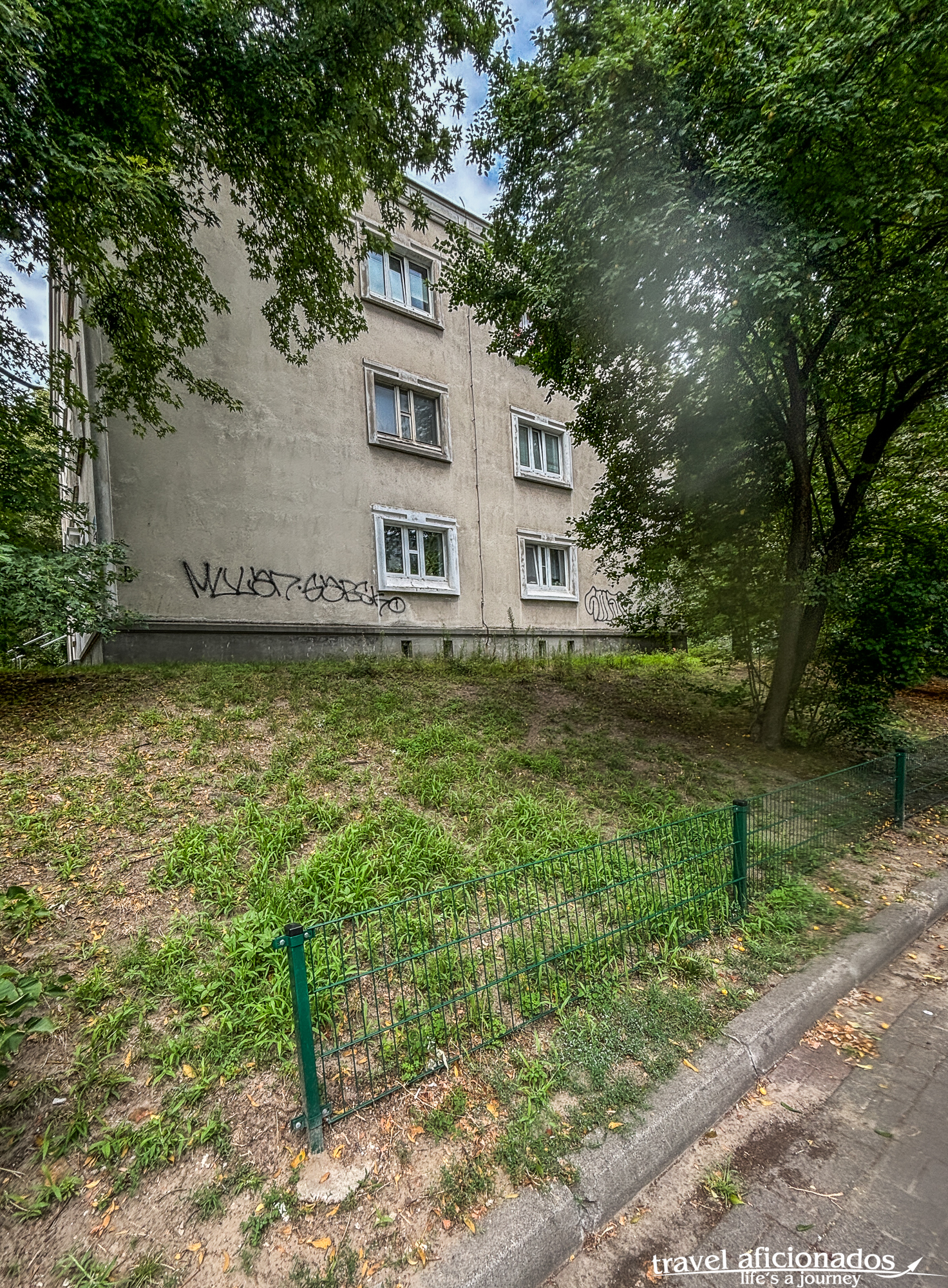
Houses built on top the rubble of the ghetto, which was completely destroyed during the uprising in 1944
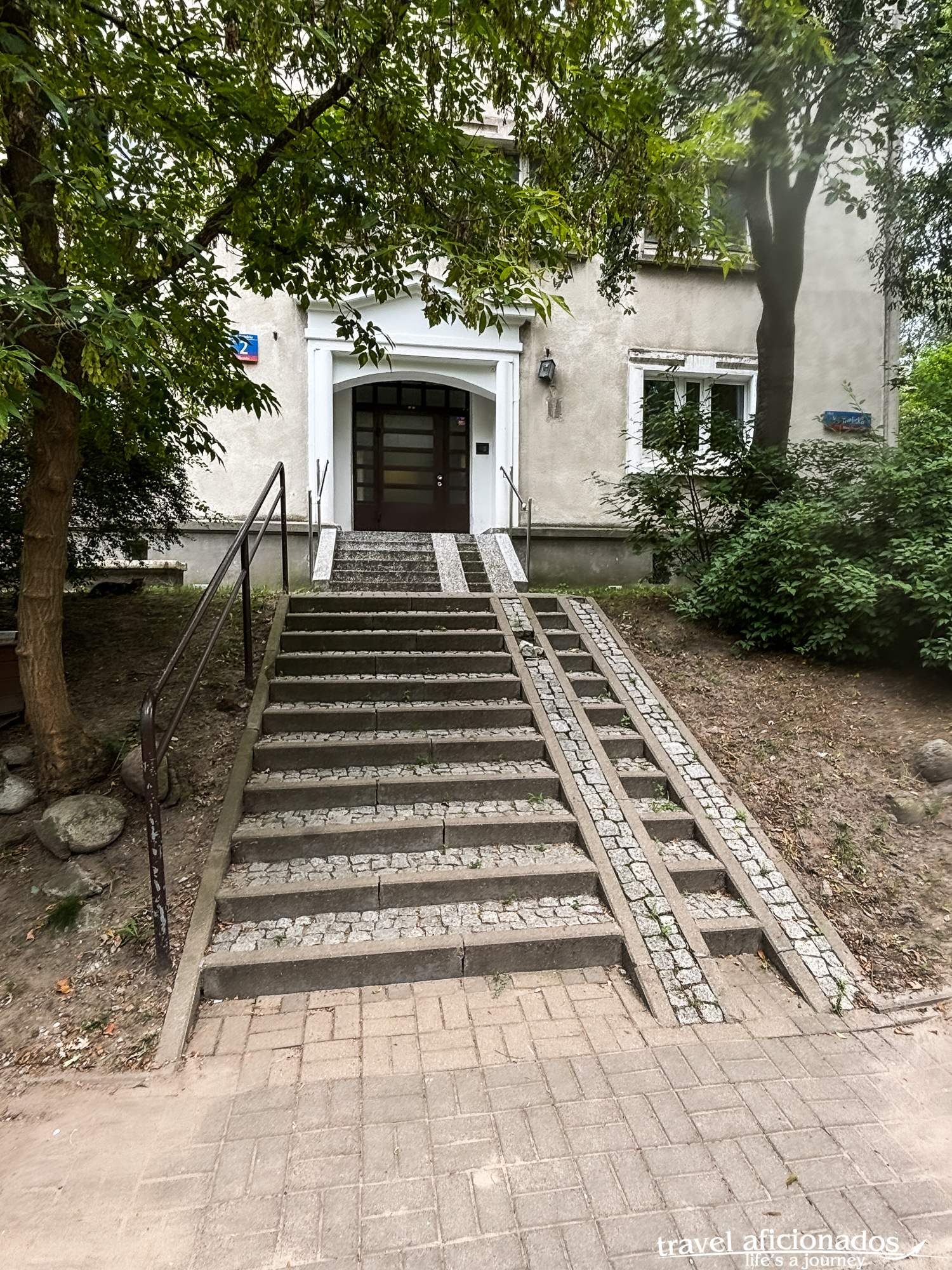
Houses built on top the rubble of the ghetto, which was completely destroyed during the uprising in 1944
A section of the ghetto wall still stands, with an apartment block perched above it. No one could explain to me how this was allowed. However, there are many positive stories as well, especially about a woman who saved over 2,000 children with incredible tricks and organized it so well that the children could find their way back to their parents or families if they survived. One “method” particularly stuck in my memory: Parents had to register their newborn child at an office just outside the ghetto, where helpers would take the child and hand the parents a doll wrapped in blankets.
MUZEUM POLSKIE WODKI
Another new museum is the Muzeum Polskiej Wódki in the north of Warsaw, at least I got to go on a long ride by tram, including getting lost a few times. The tour of the museum, which is in a former Vodka factory, is interactive and informative. I strongly recommend eating at the adjecent restaurant and have a vodka-based cocktail at the bar. The country that imports most Polish vodka I would have never guessed- Mexico.
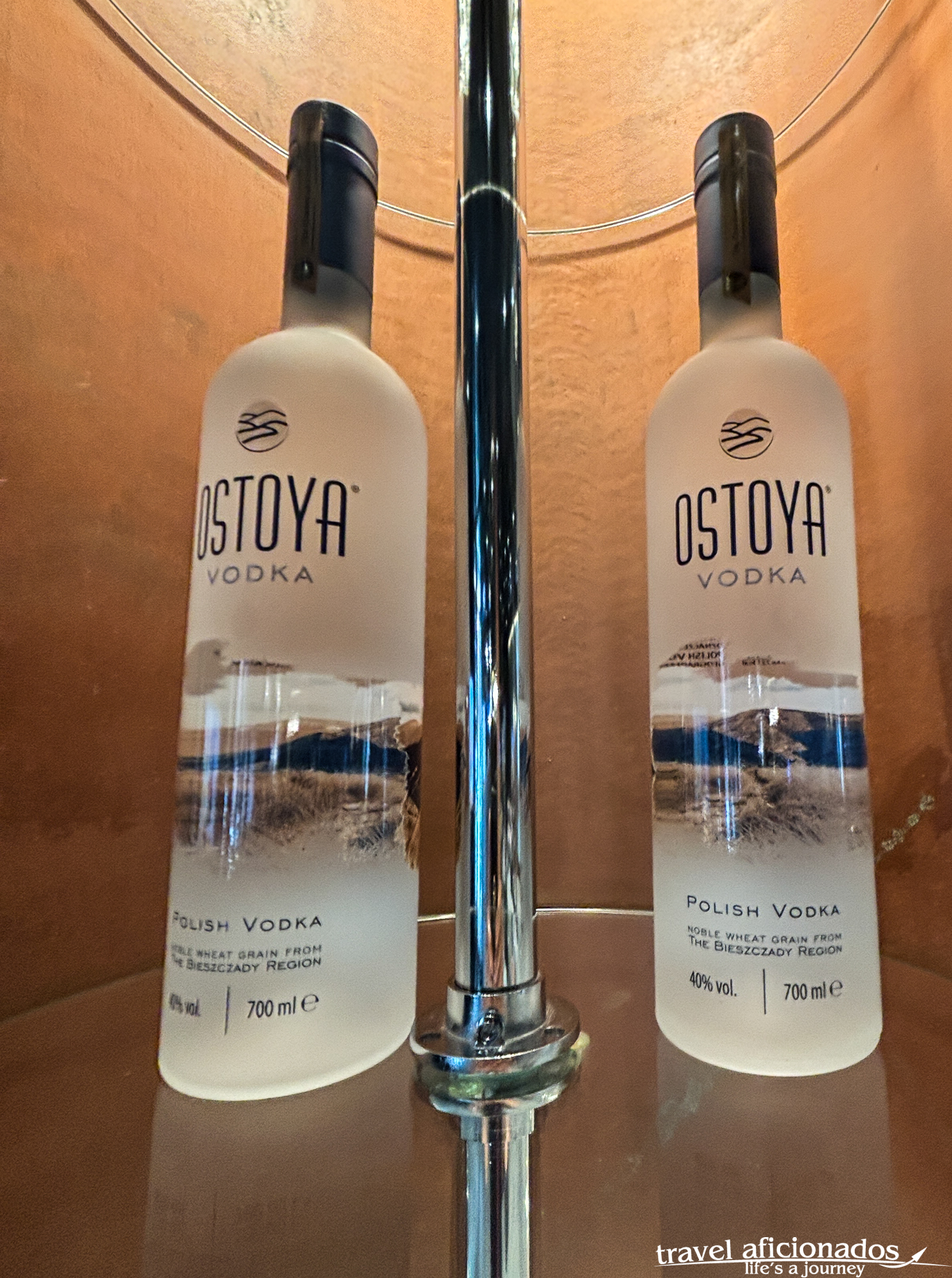 On my way to the train station I tried to go to the platform of the Palace of Culture, something I did back in 1990, the only building I remembered vividly. But it only opend at 10am, too late for me to catch the morning train to Krakow.
On my way to the train station I tried to go to the platform of the Palace of Culture, something I did back in 1990, the only building I remembered vividly. But it only opend at 10am, too late for me to catch the morning train to Krakow.
The vast area around the gigantic building is under construction, It seems a visitor center is being built.
WARSAW 1990
Below photos taken in a trip through Poland, 5 months after the collapse of the Iron Curtain.

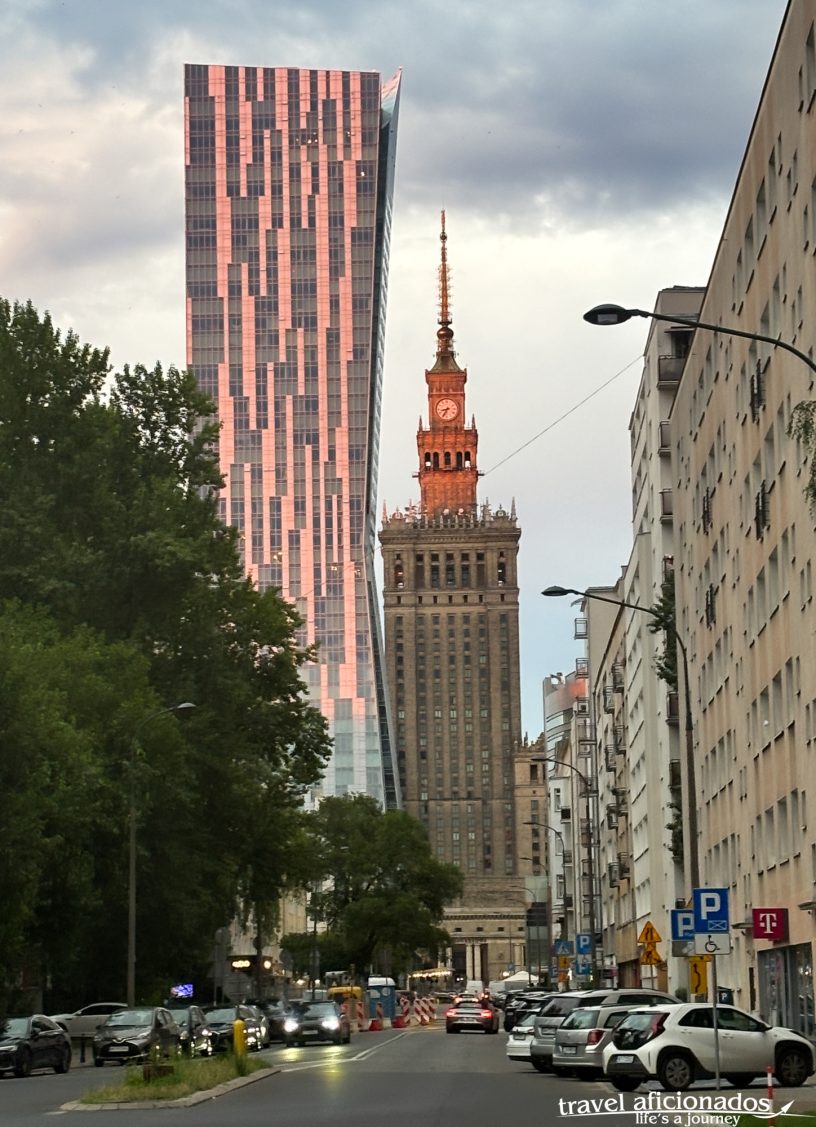

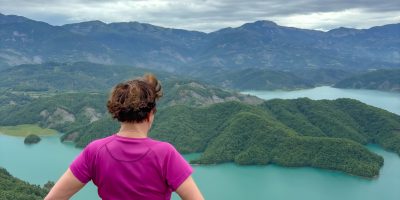
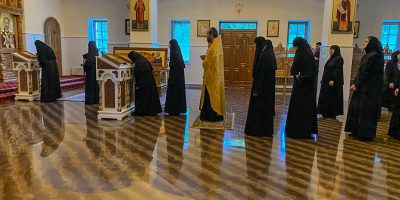
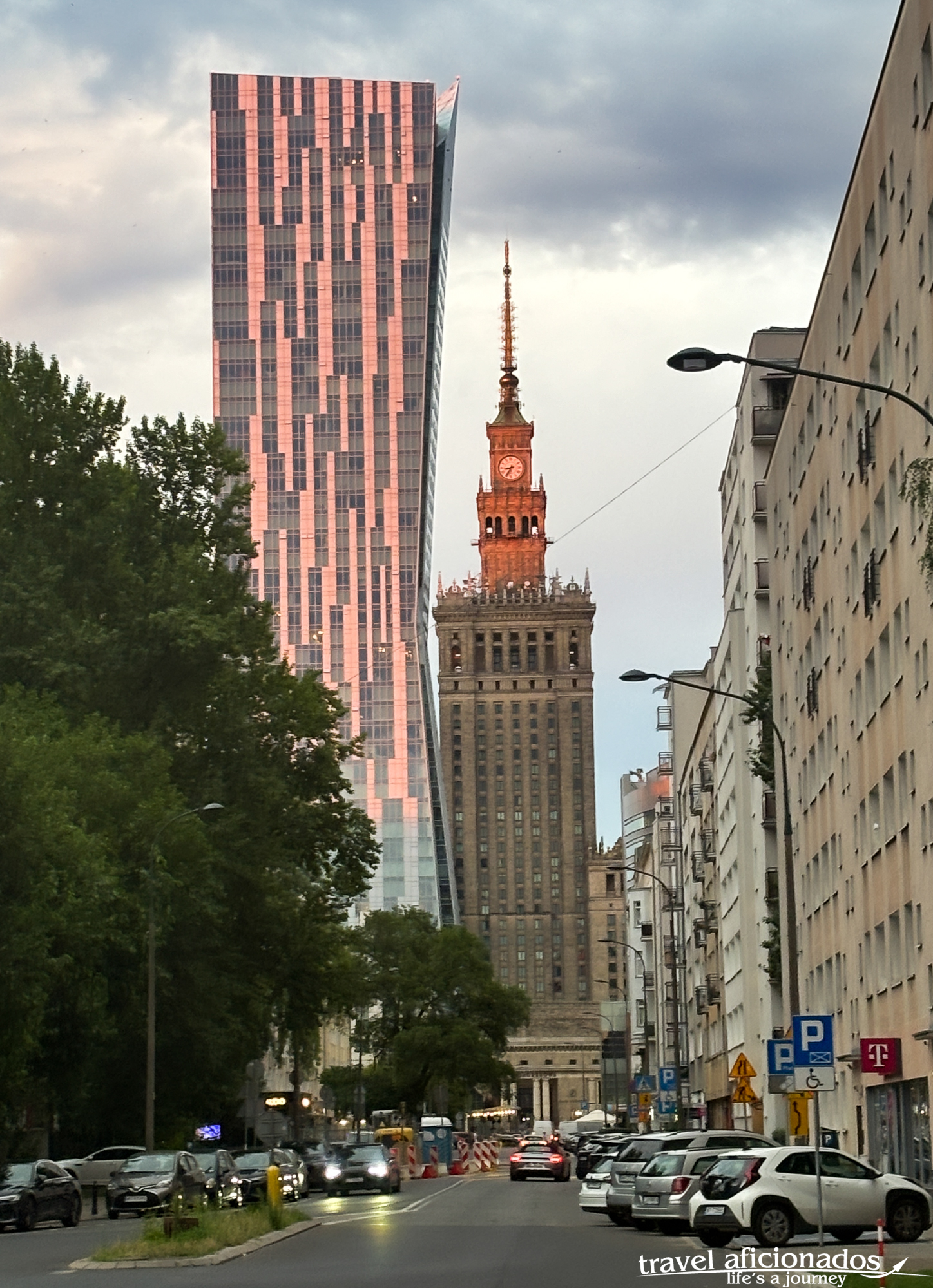
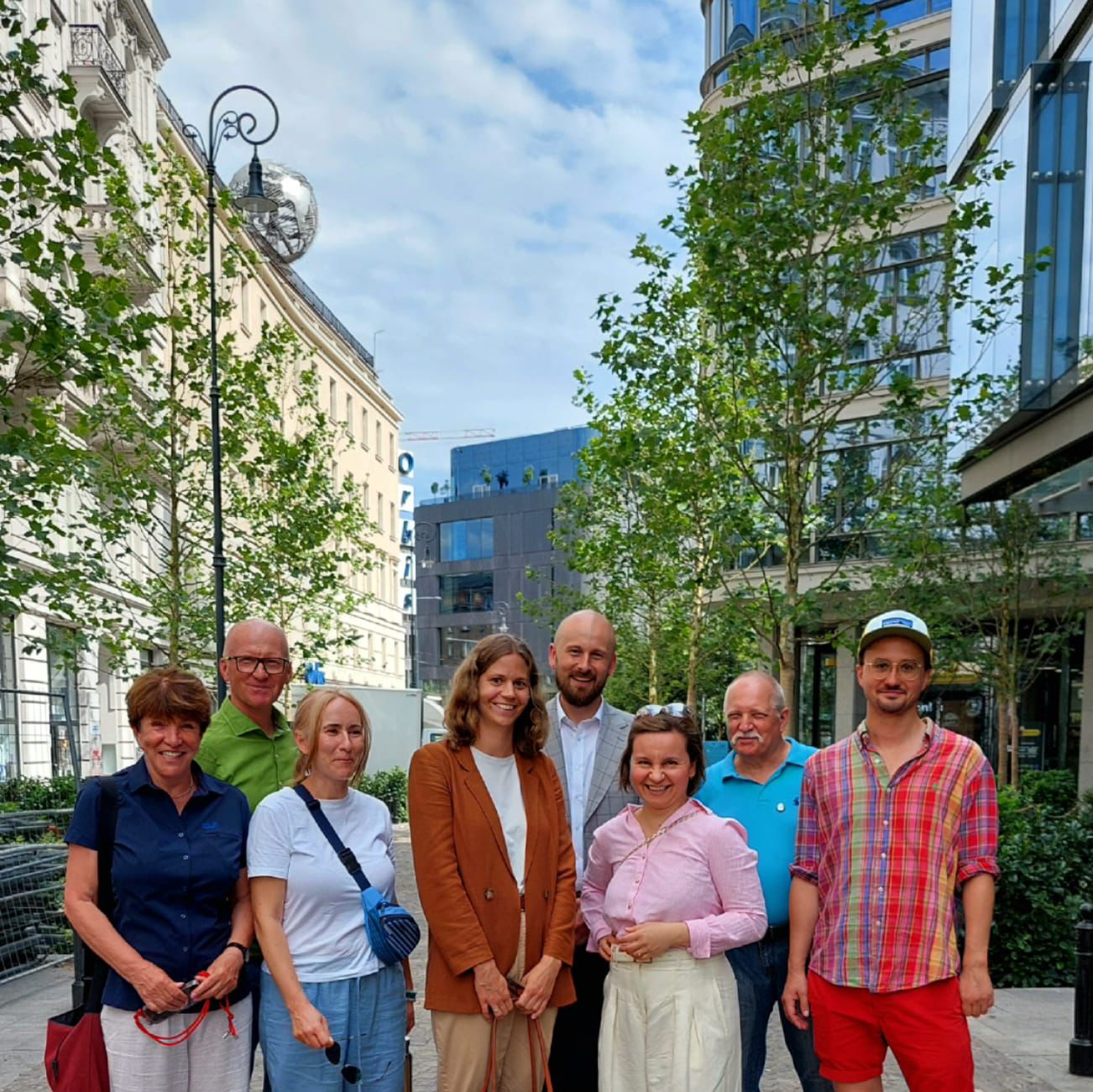
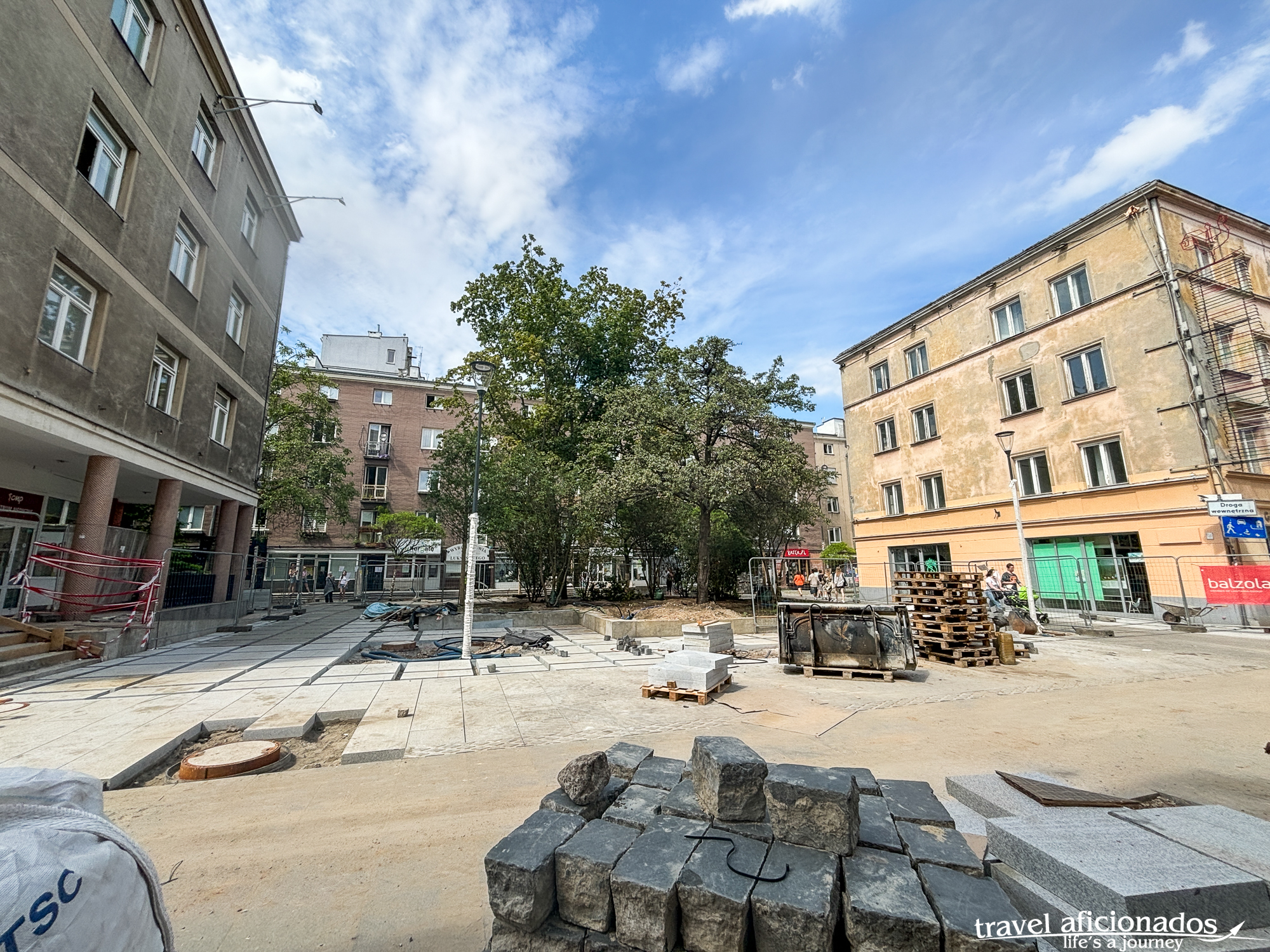
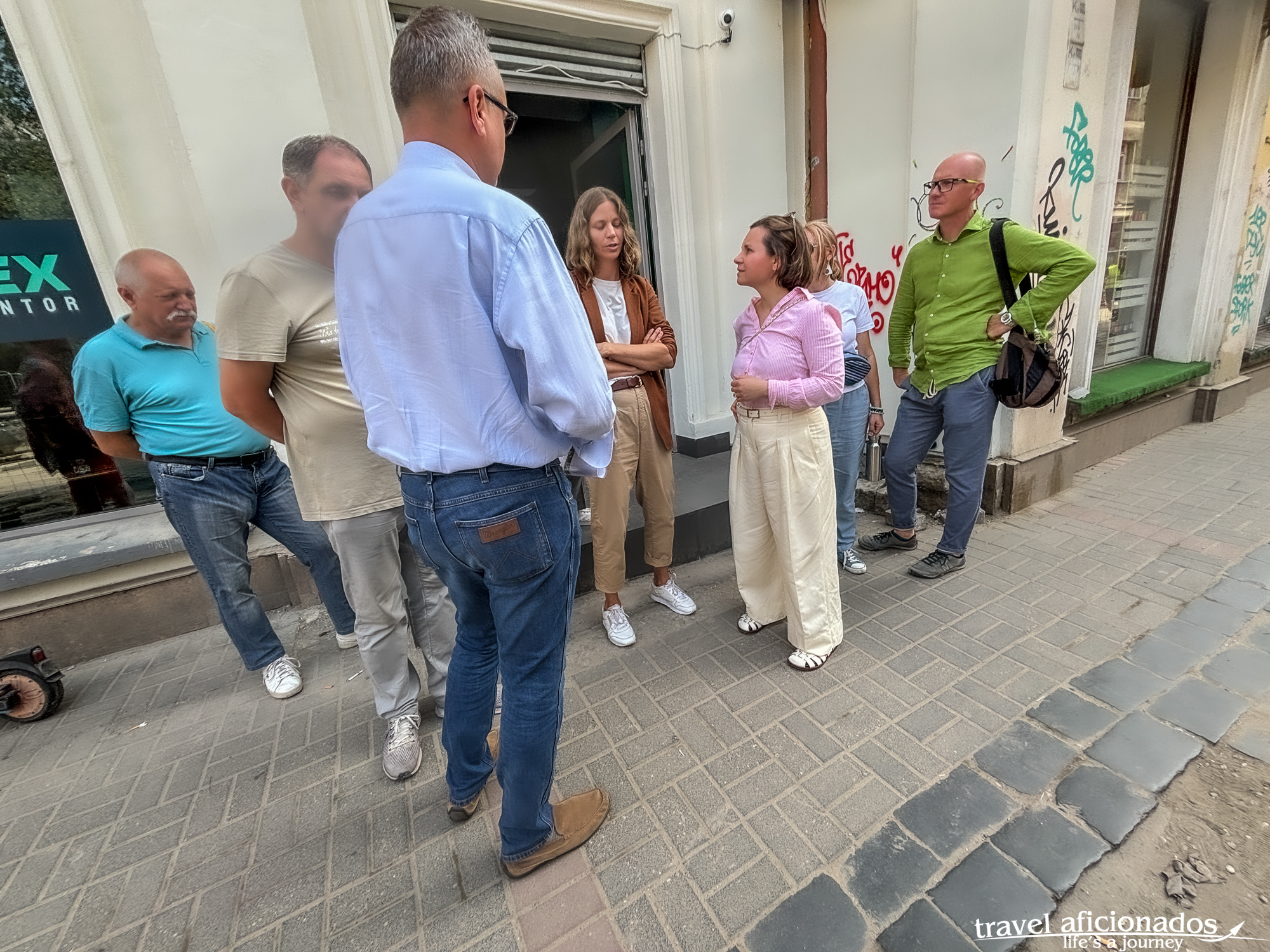
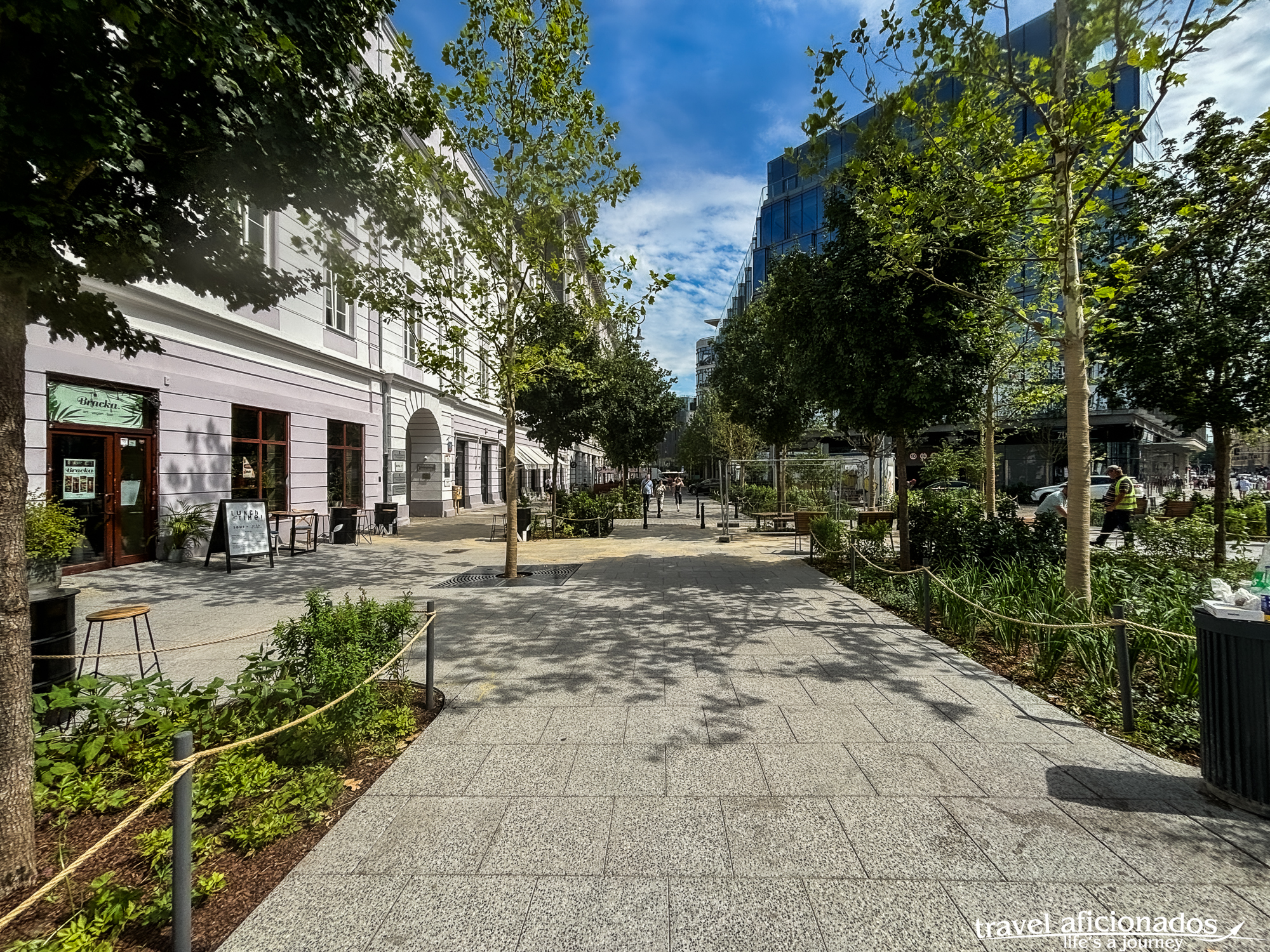
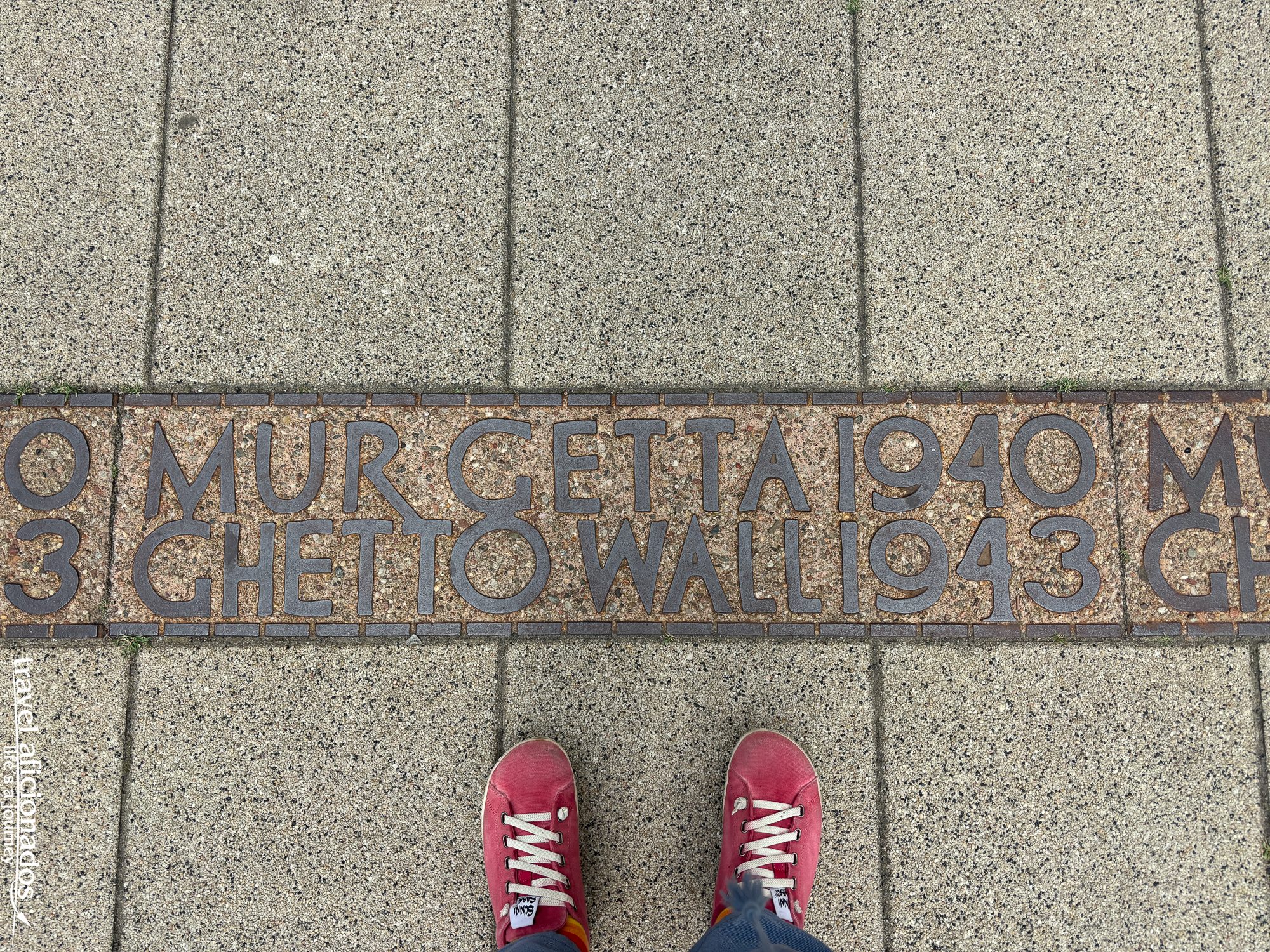
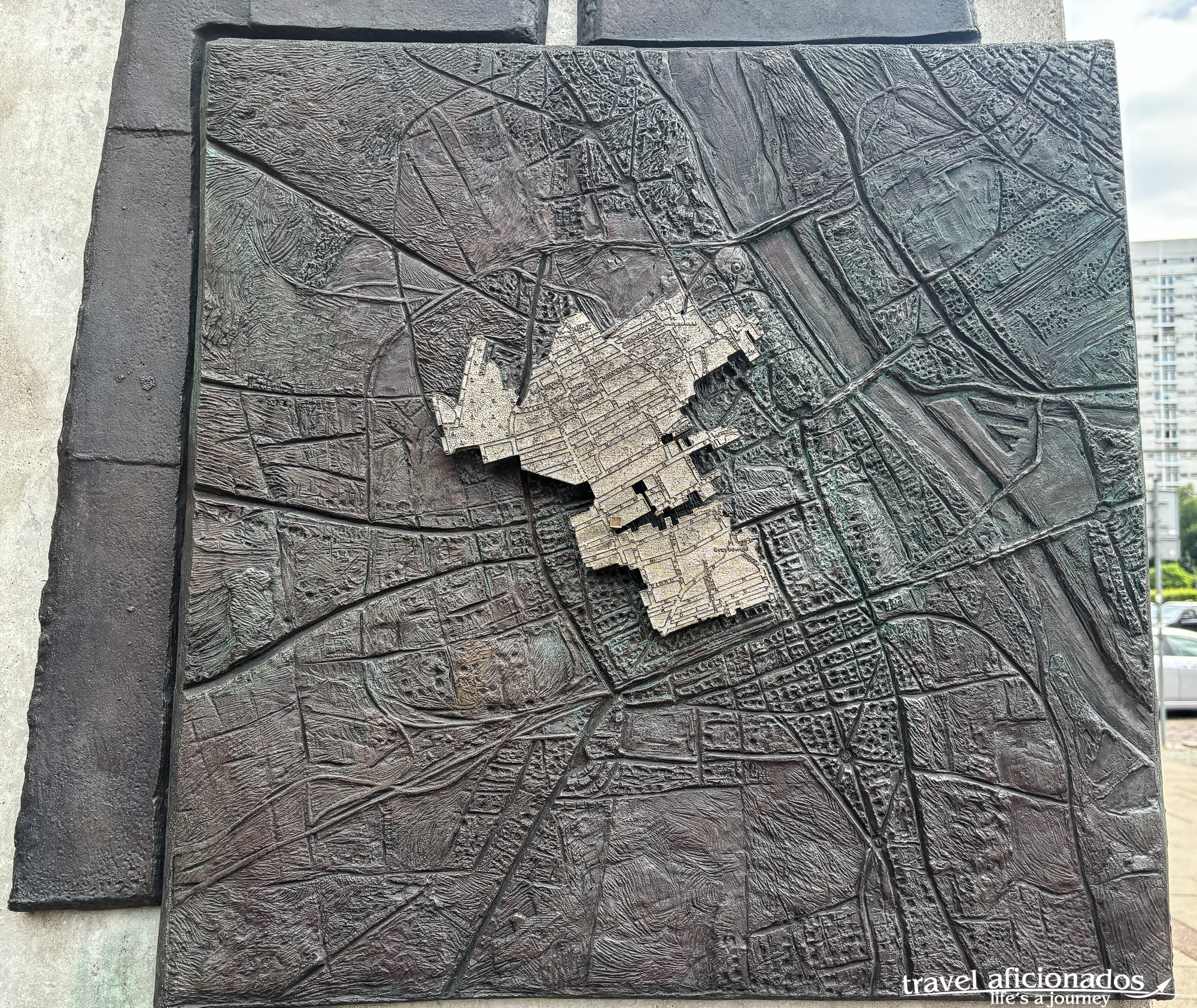
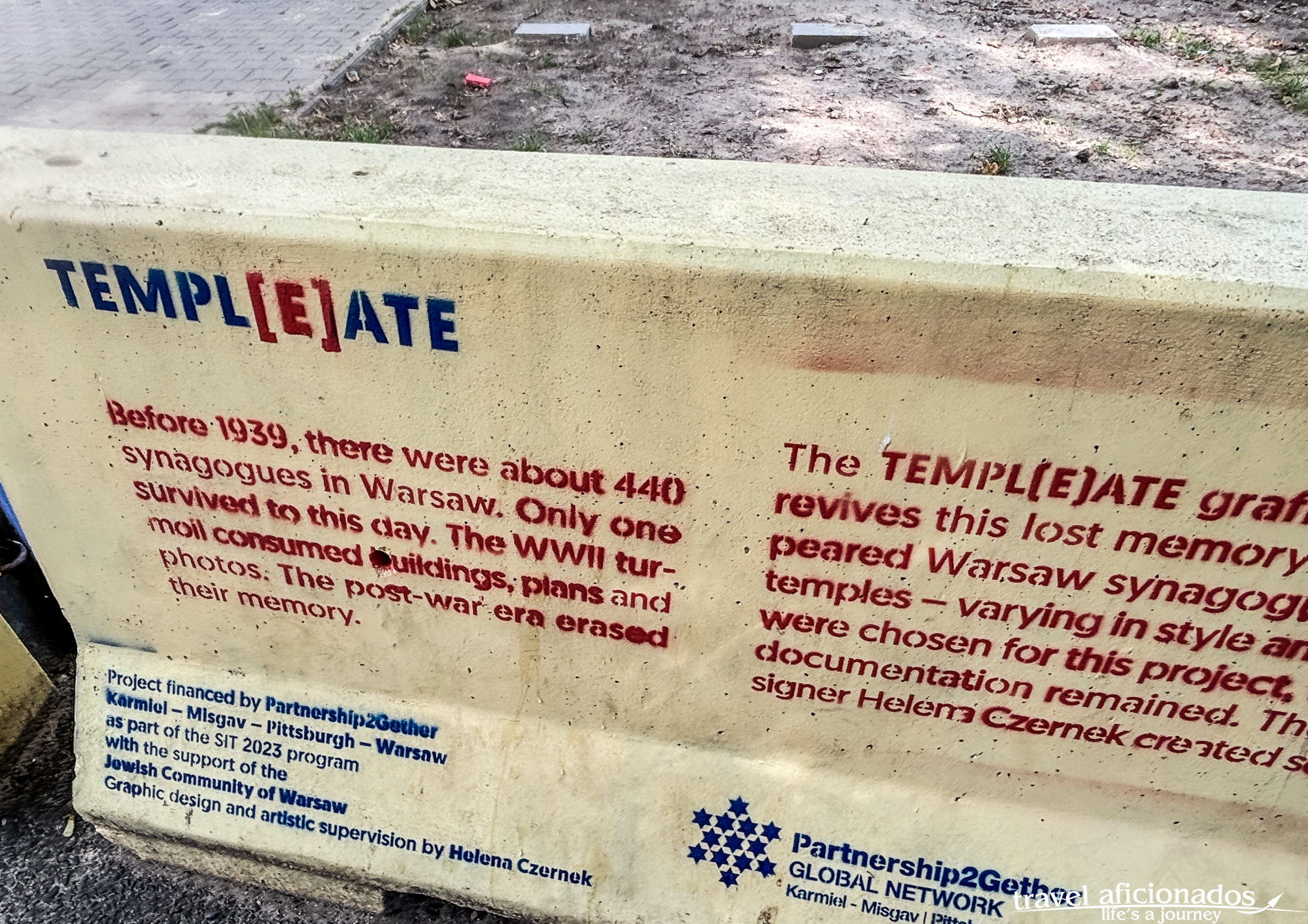
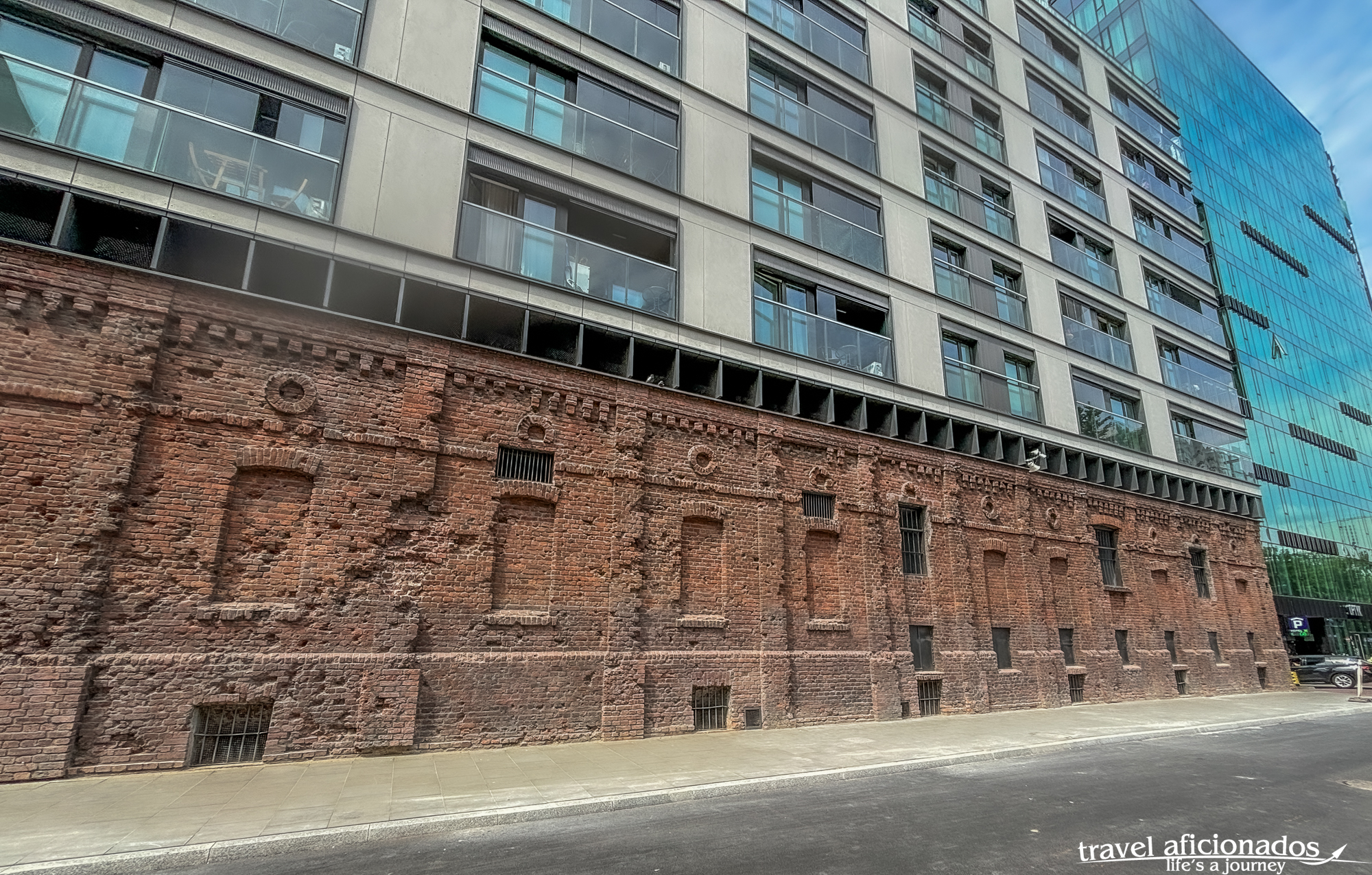
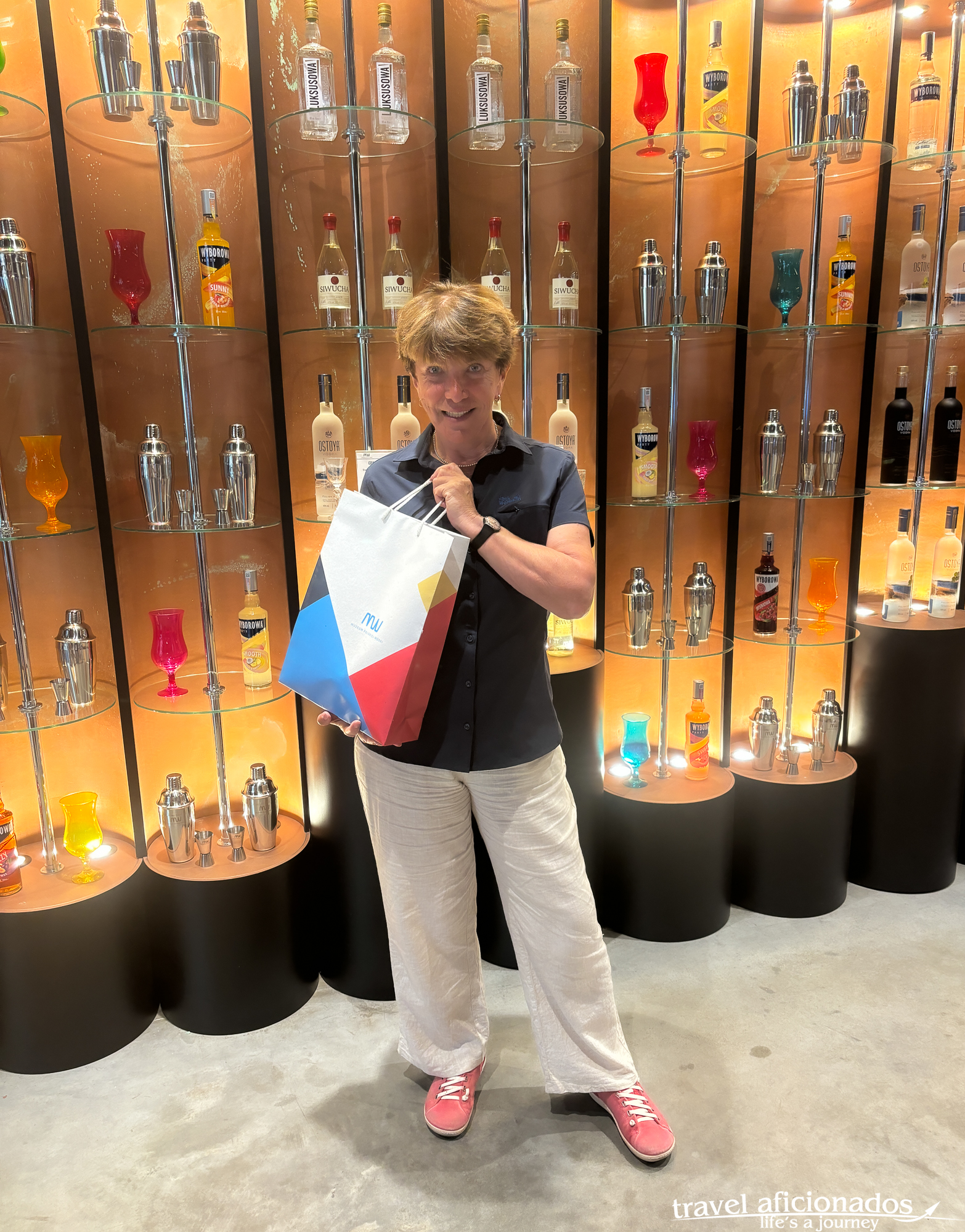
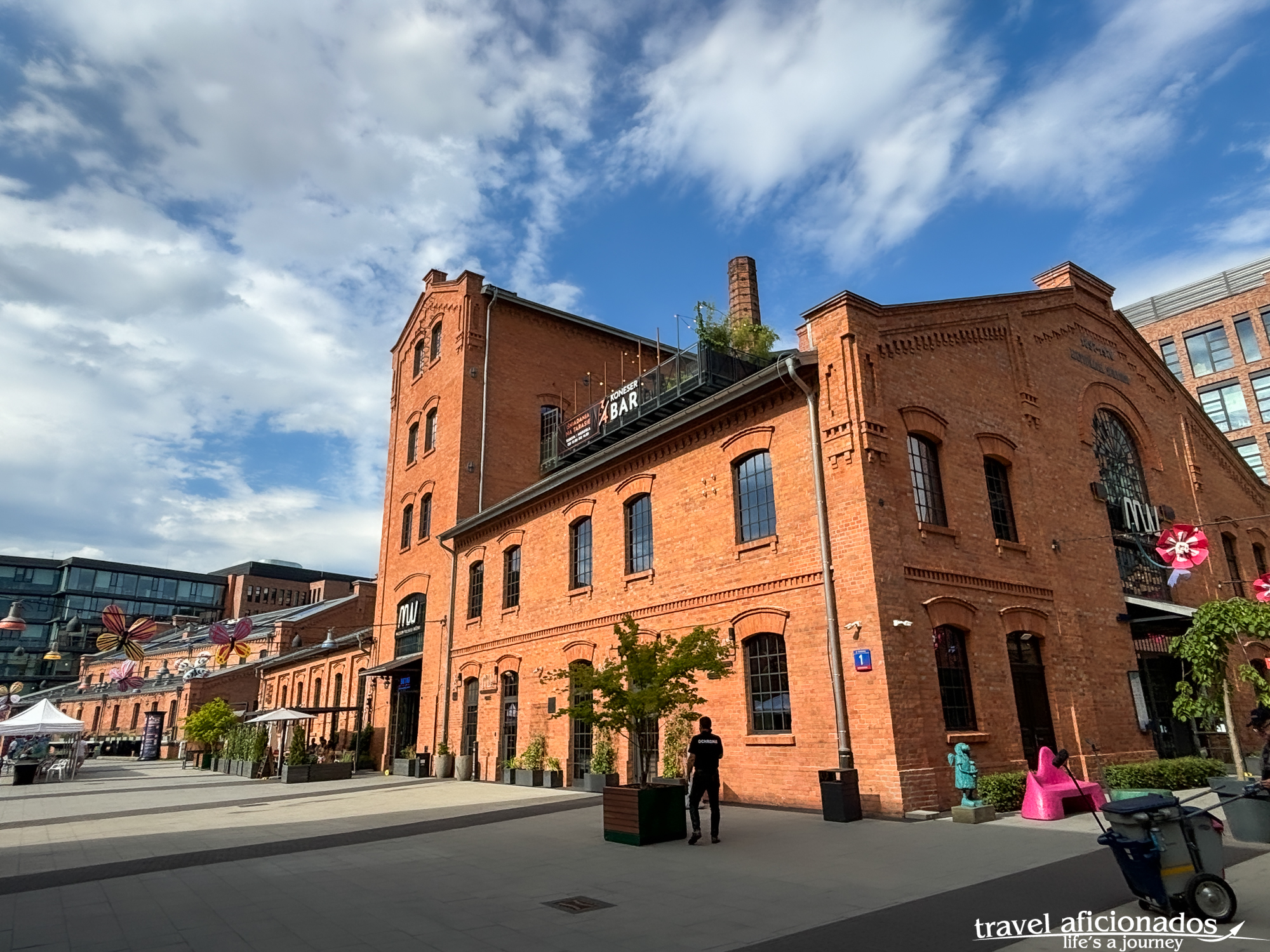
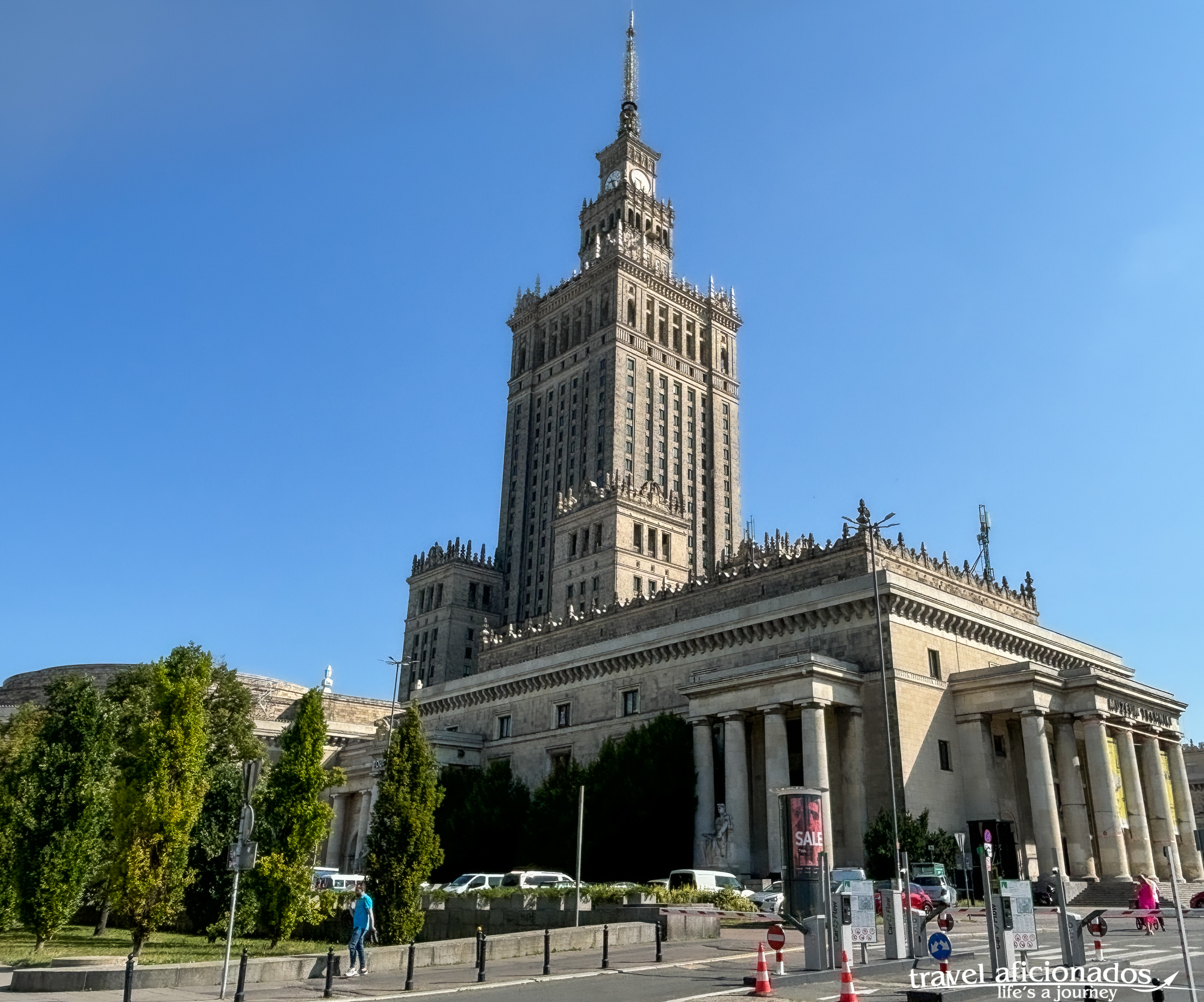
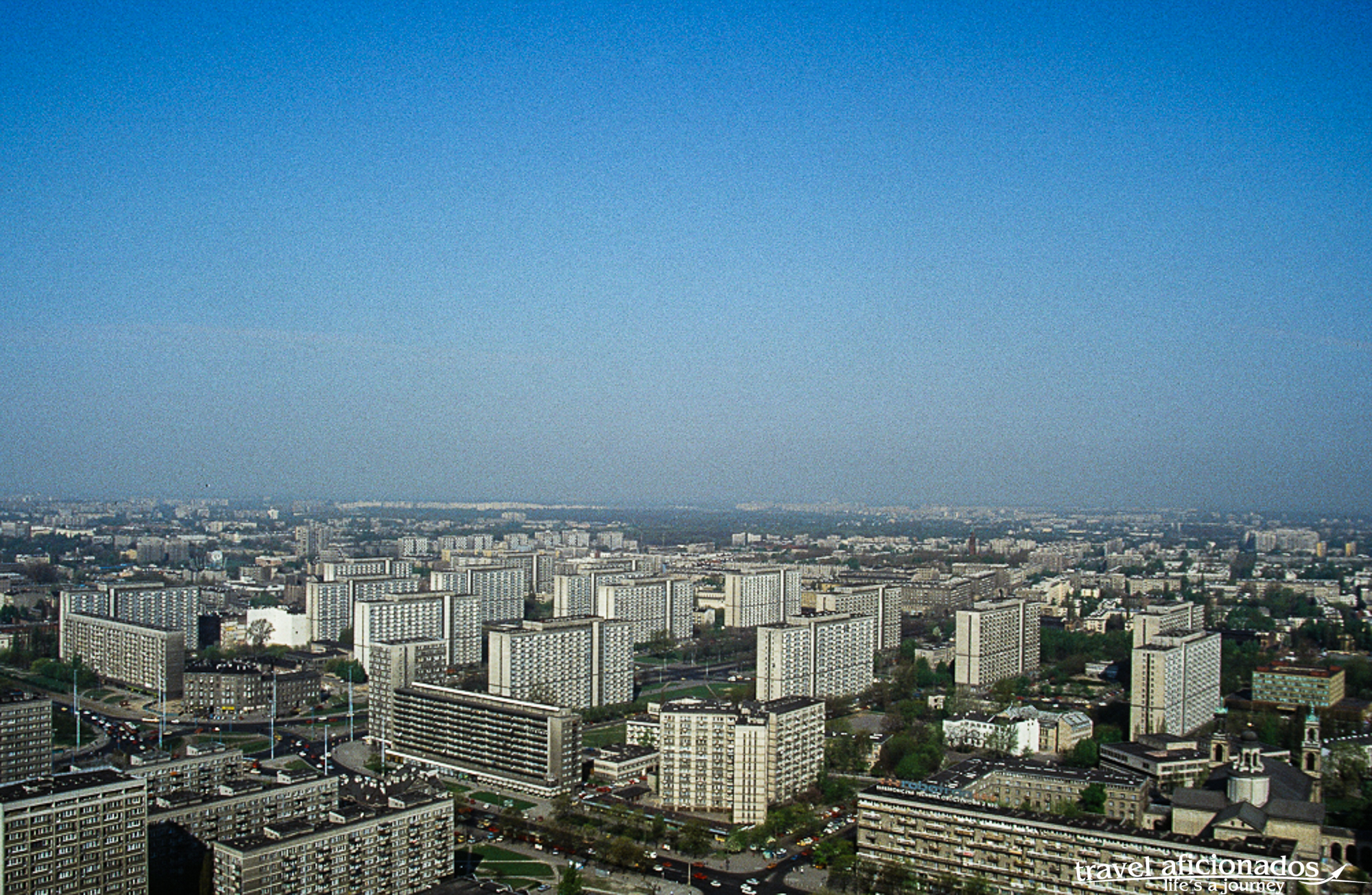
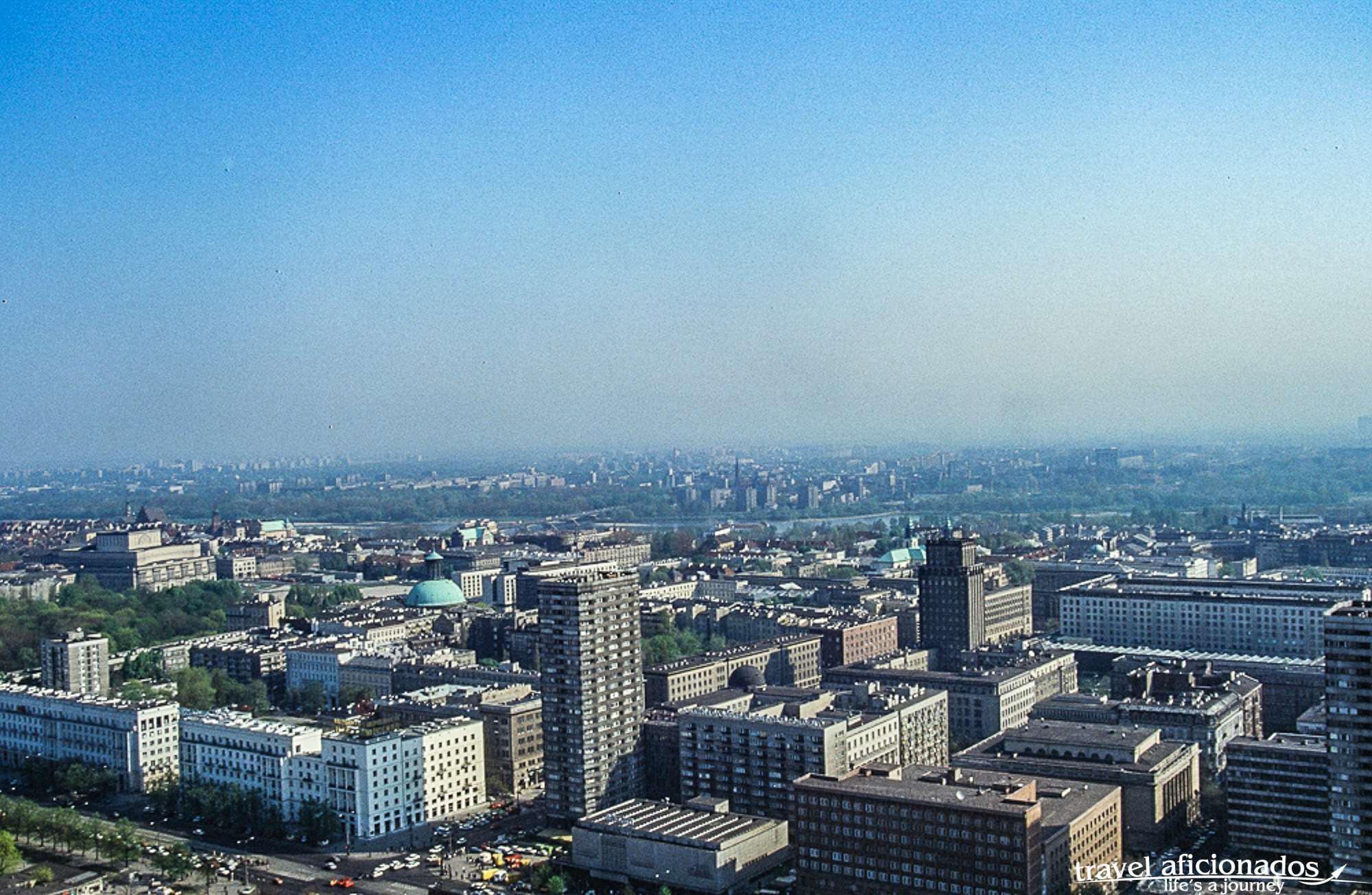
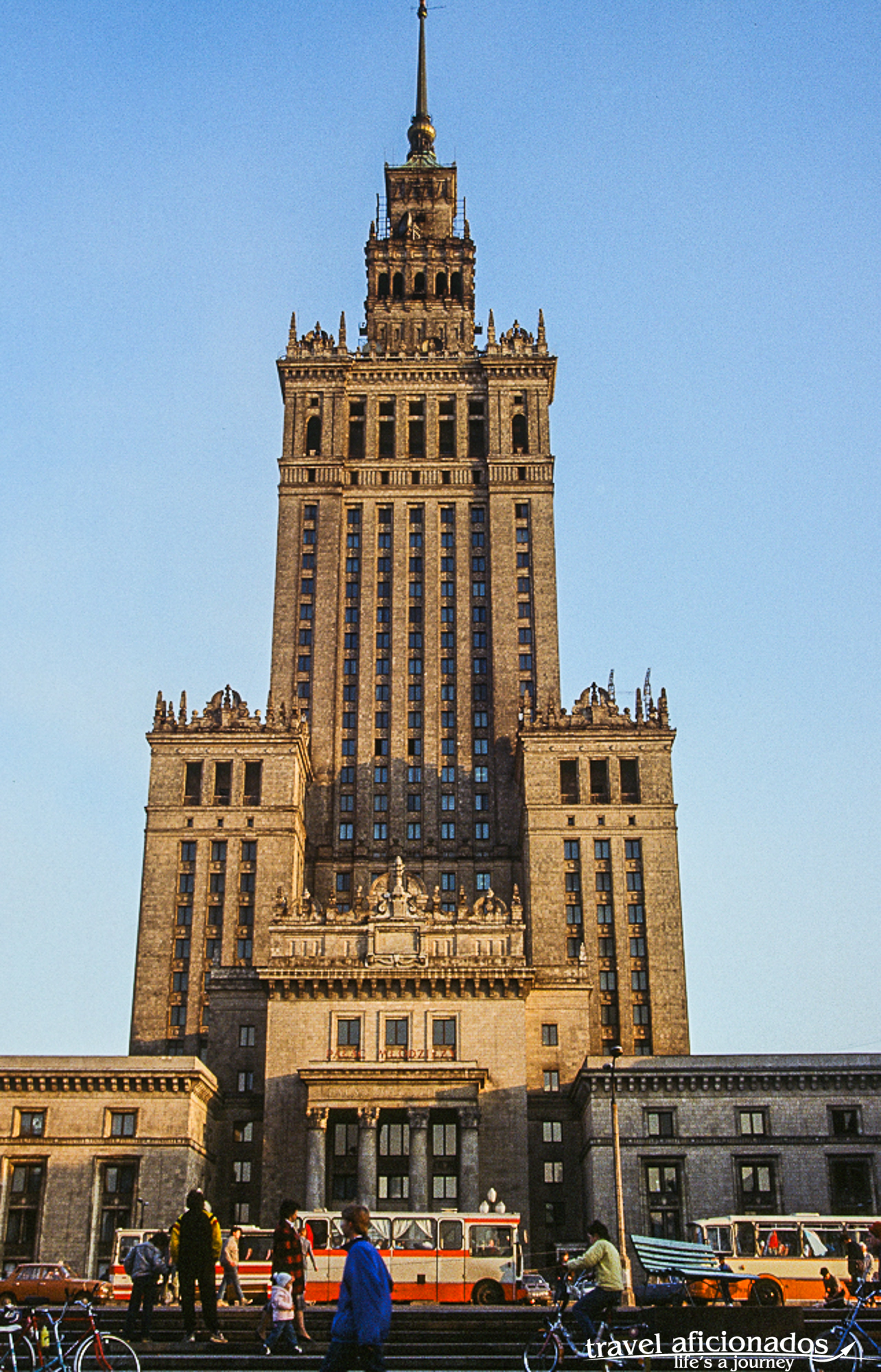
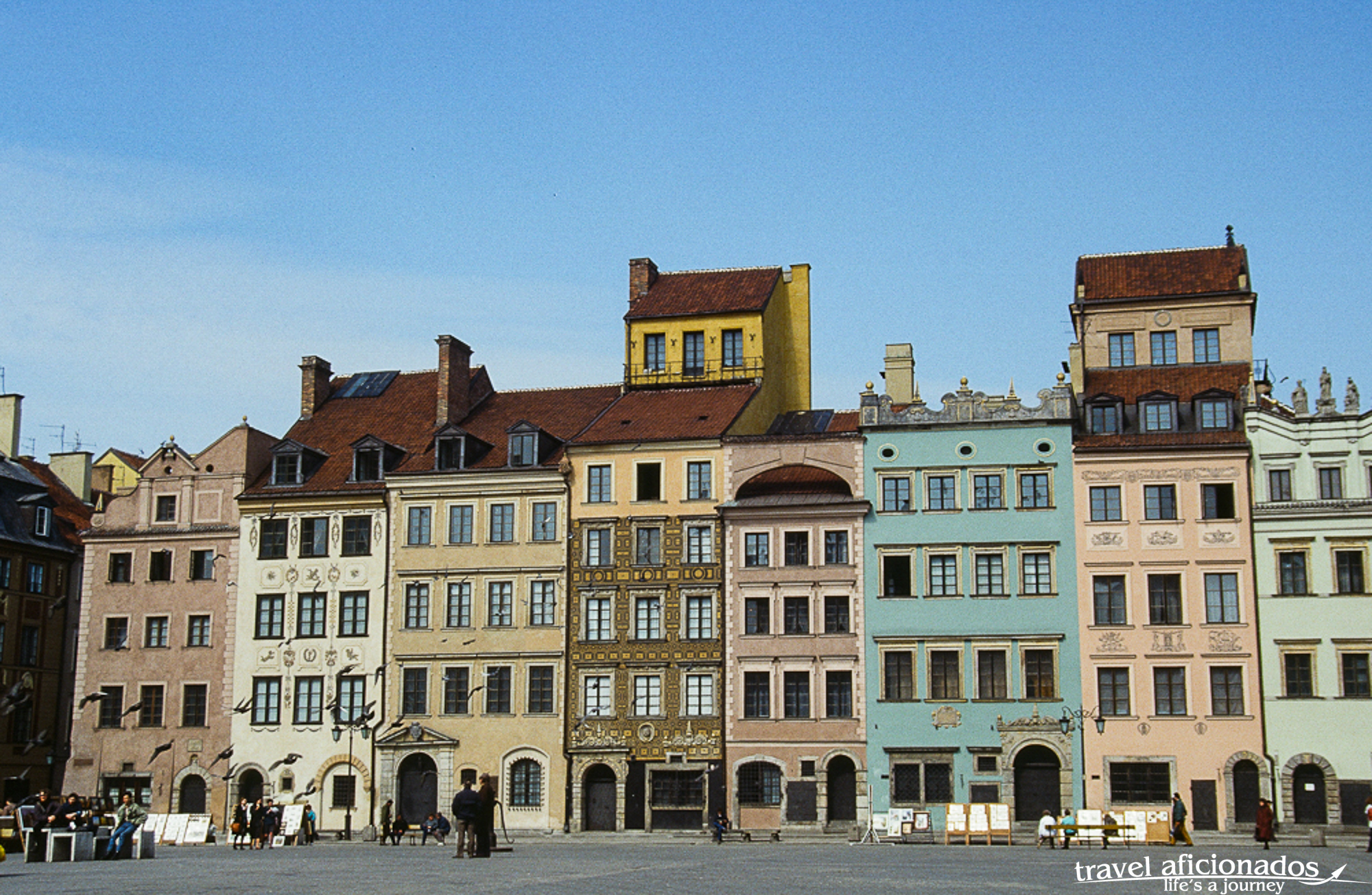
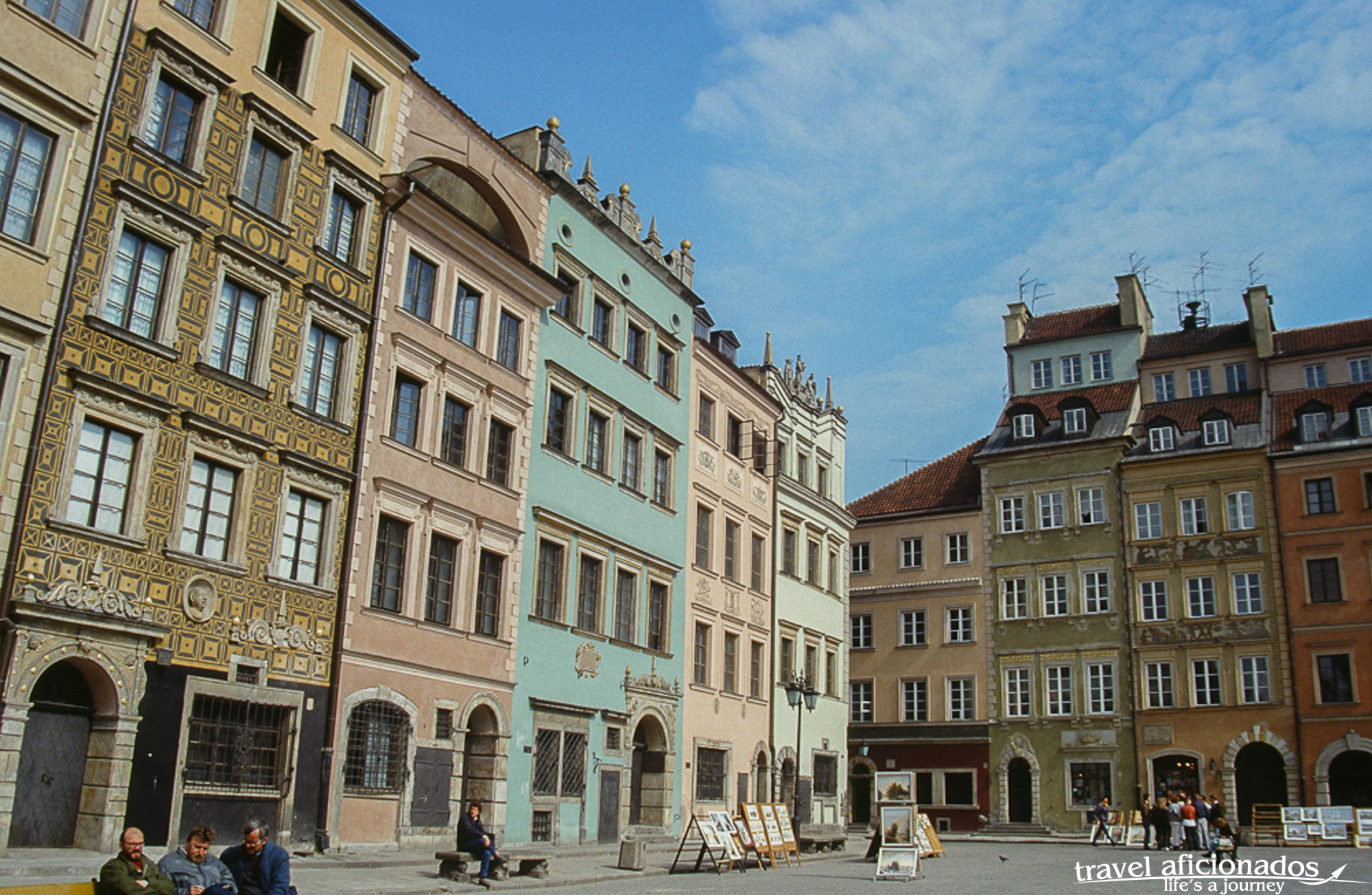
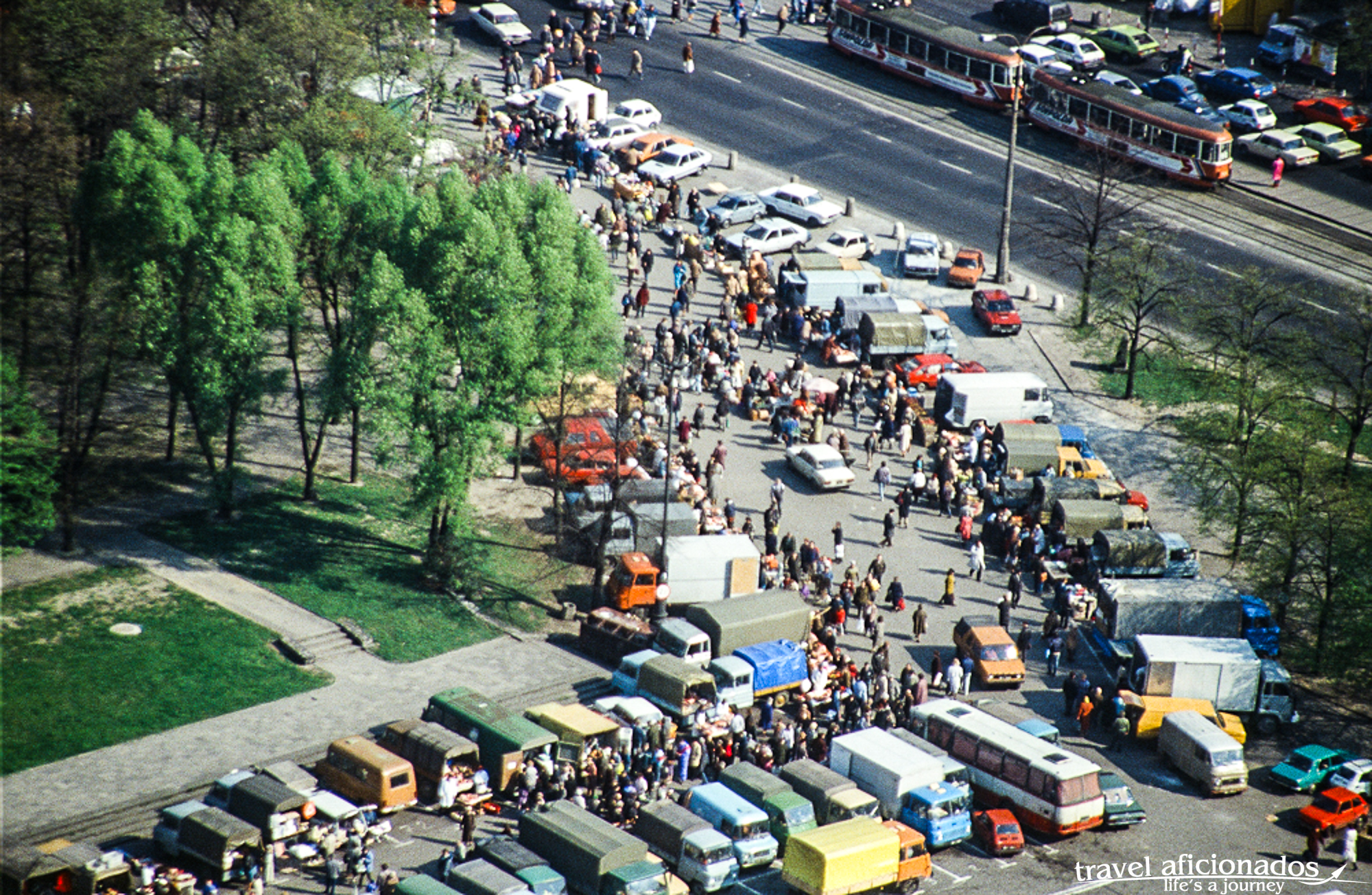
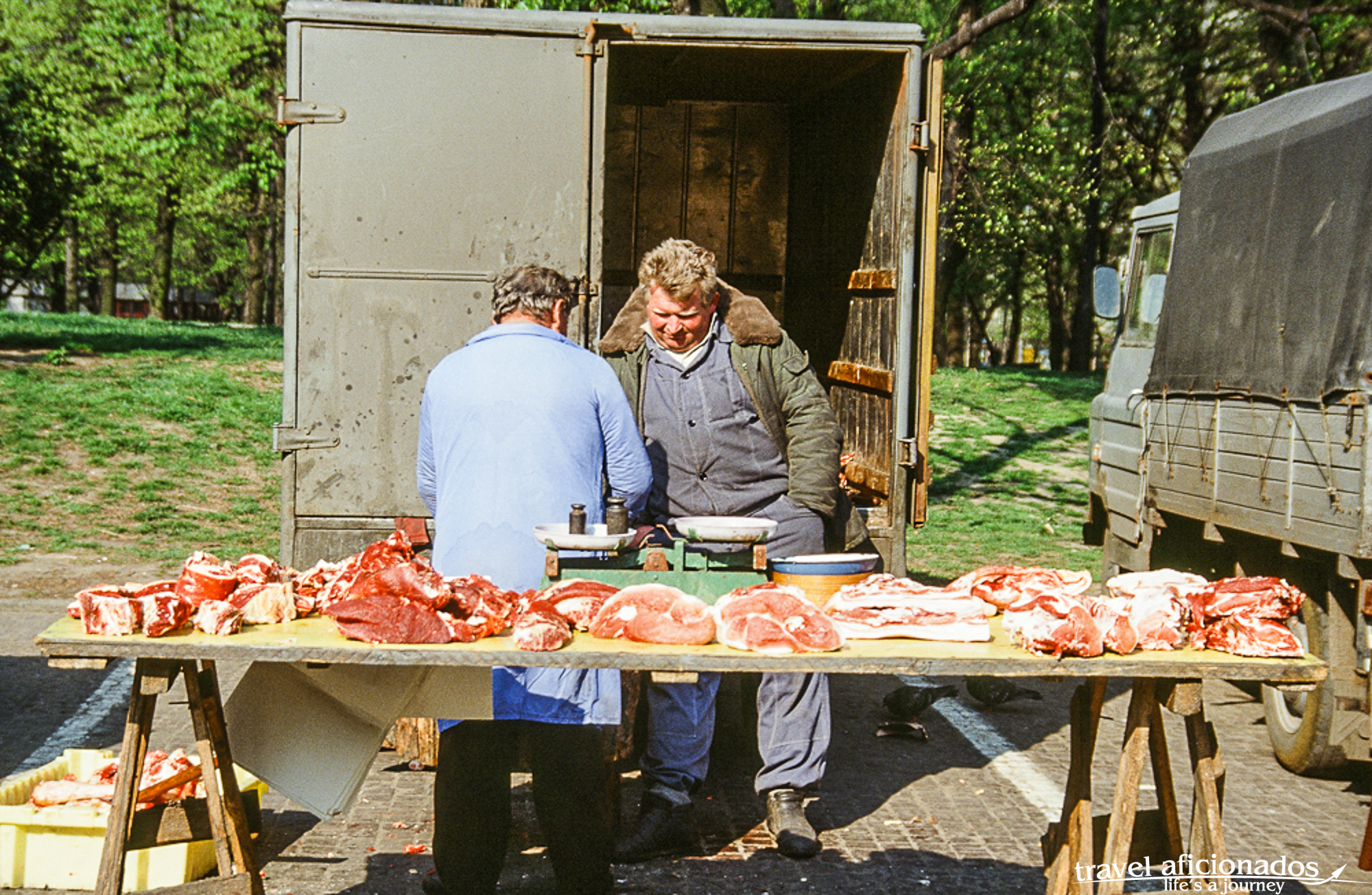
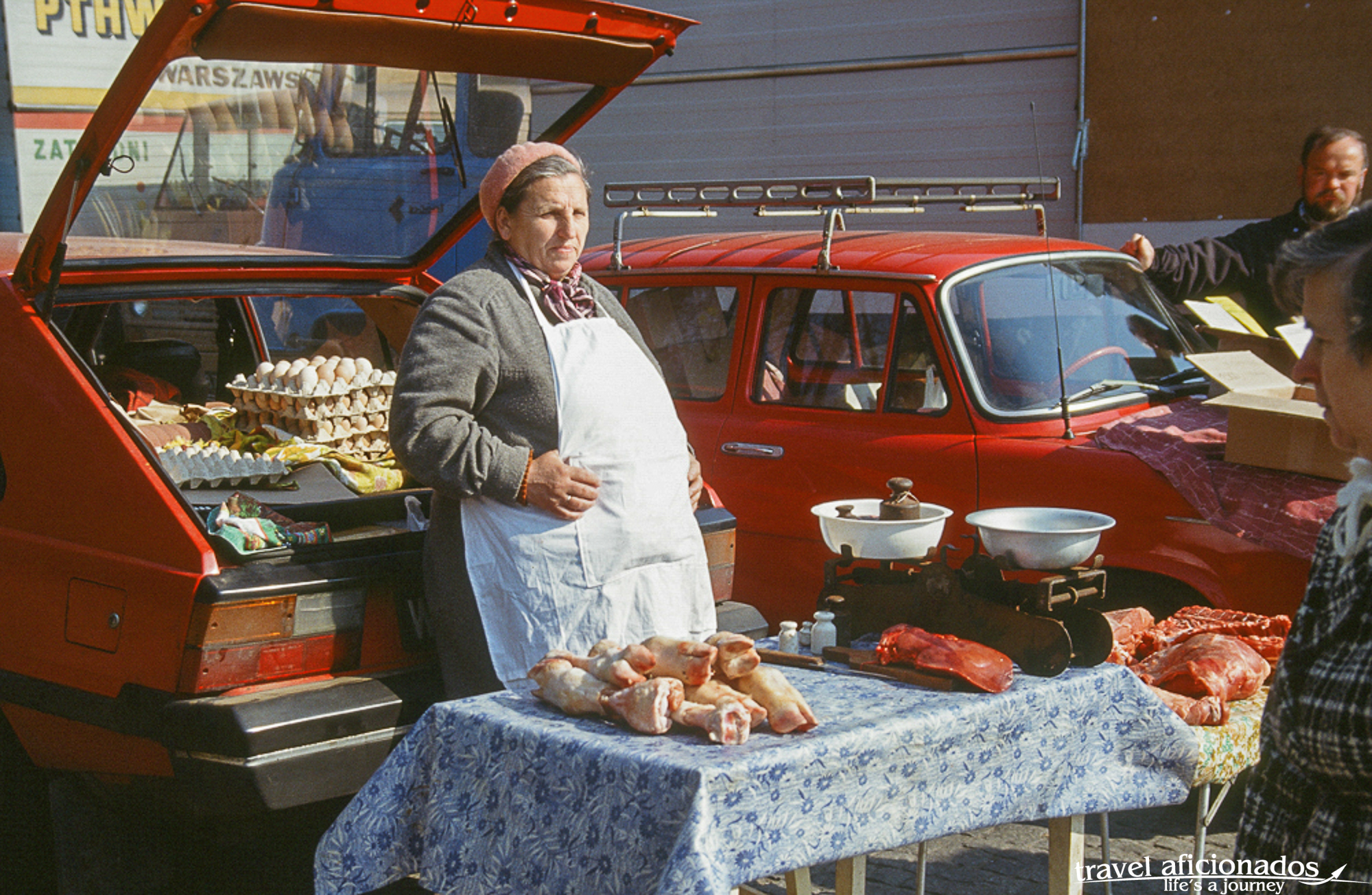
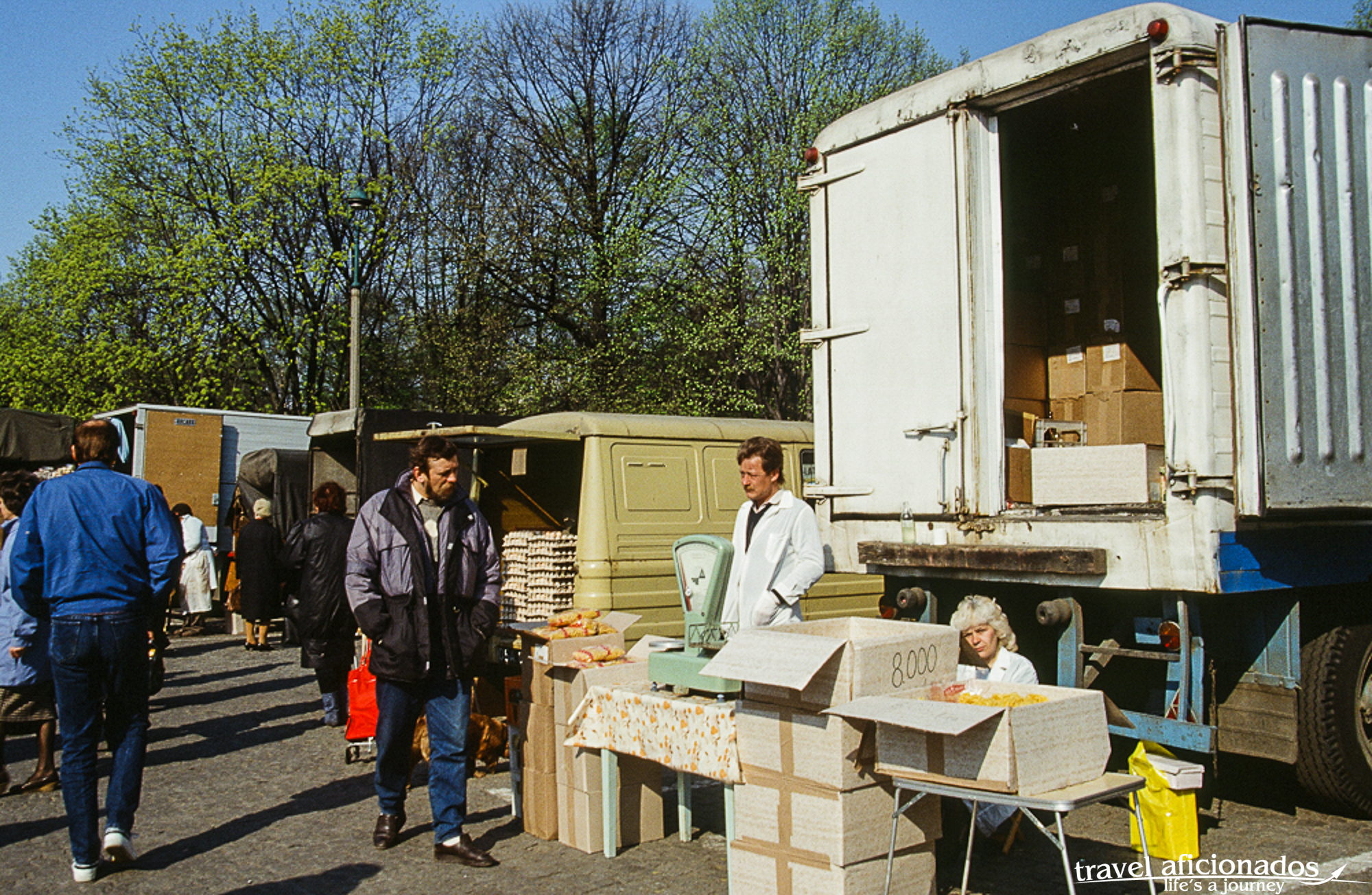
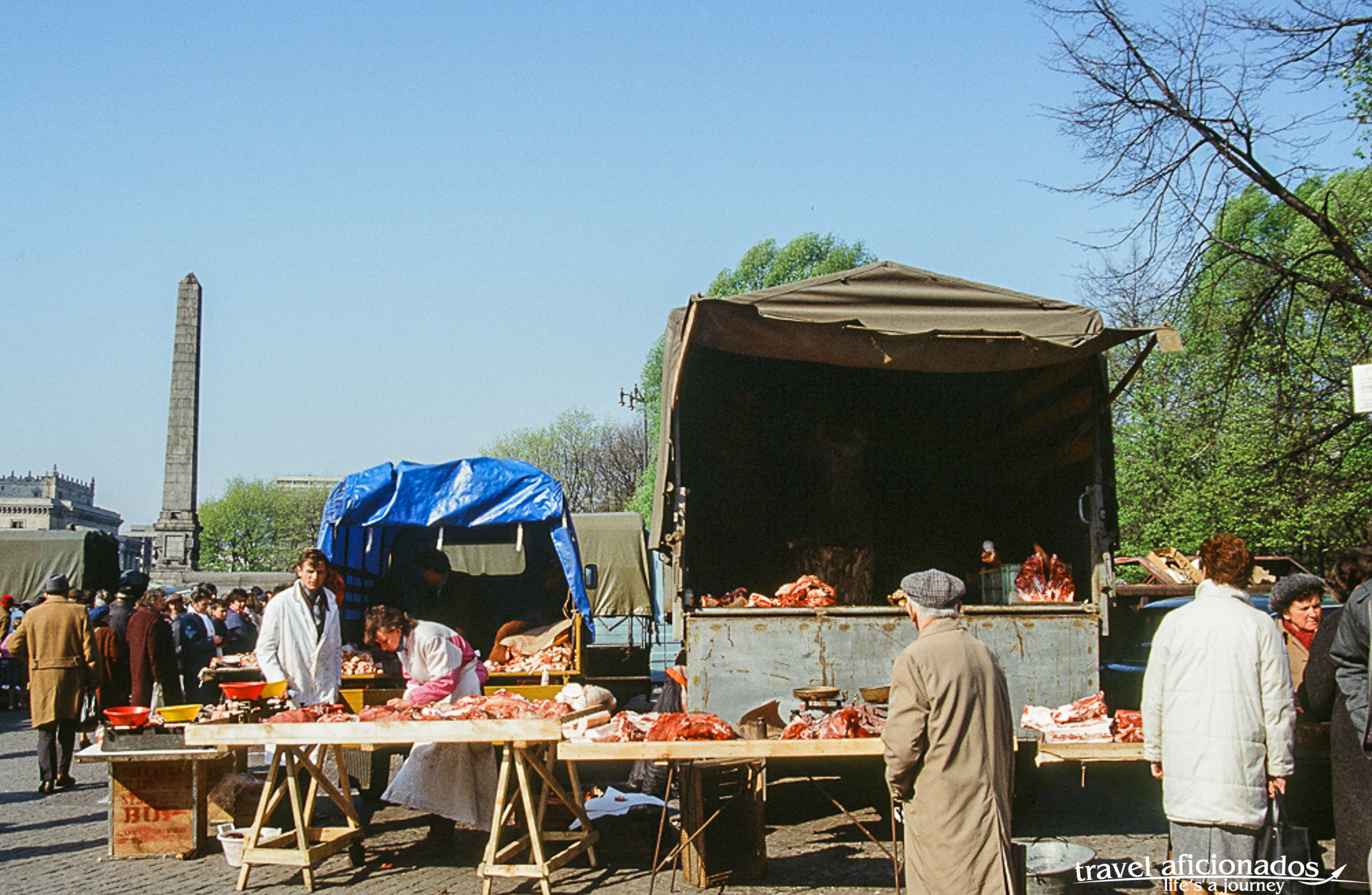
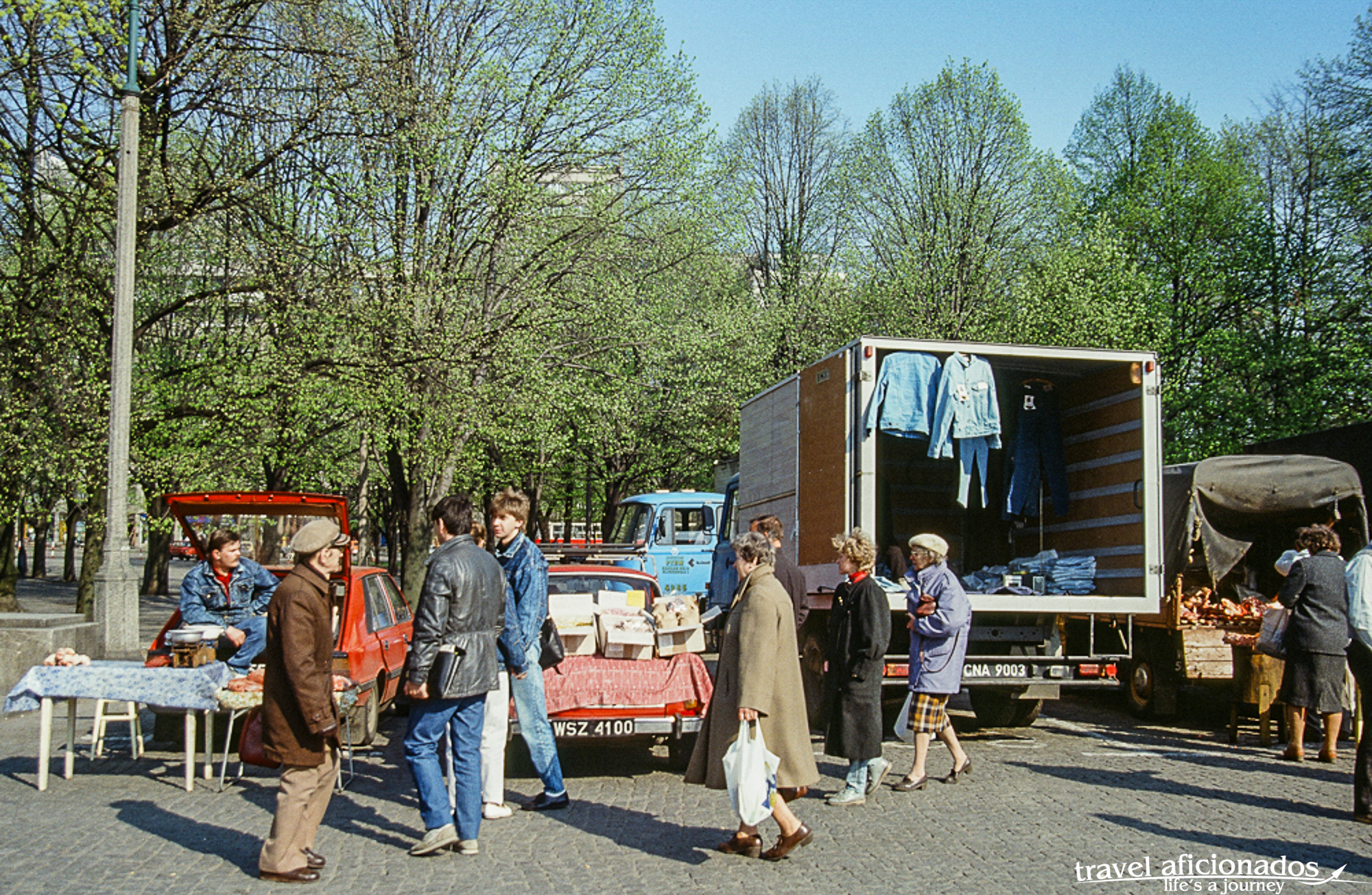
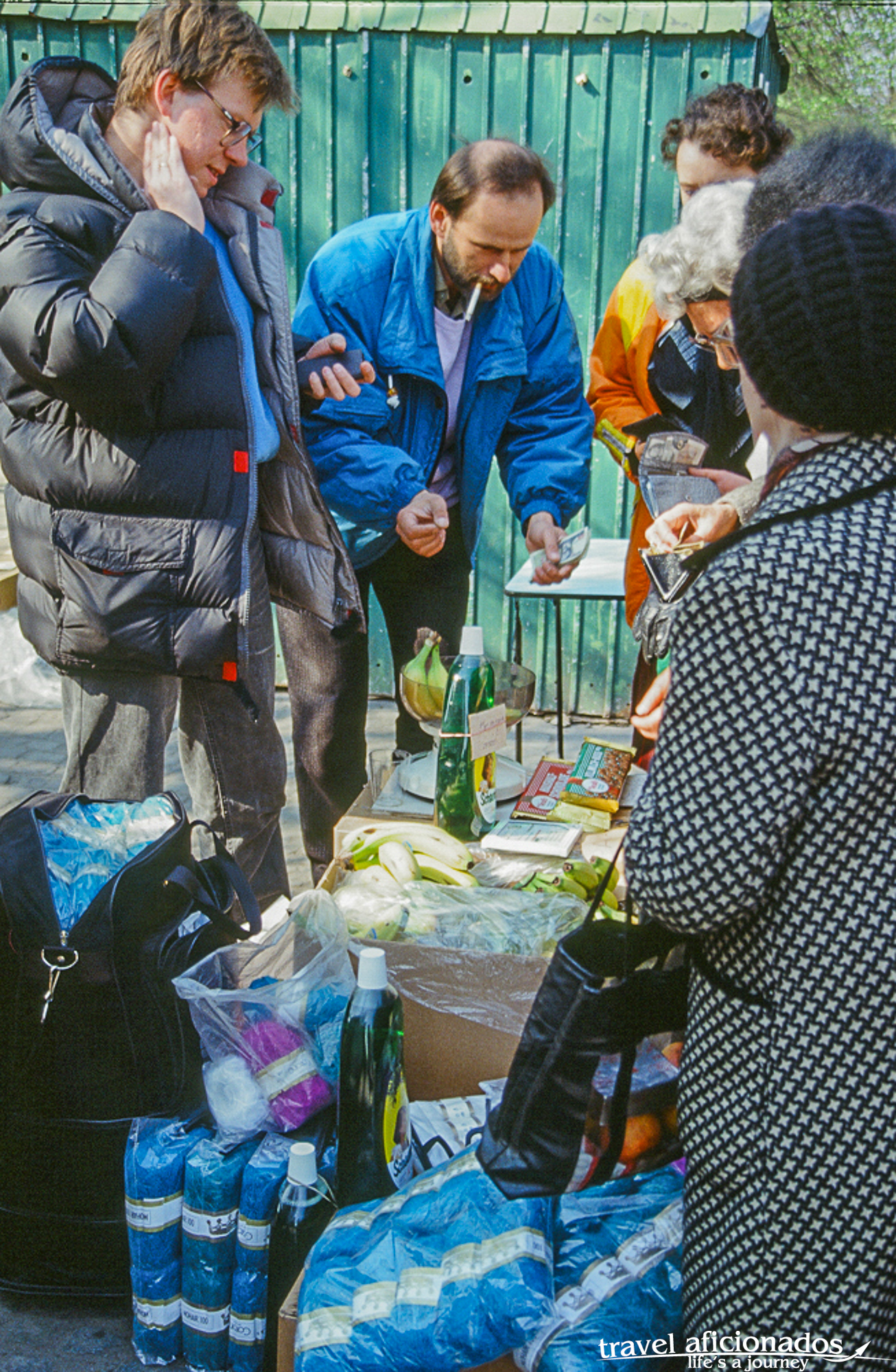

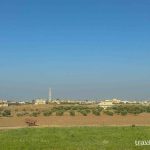
Leave a Reply